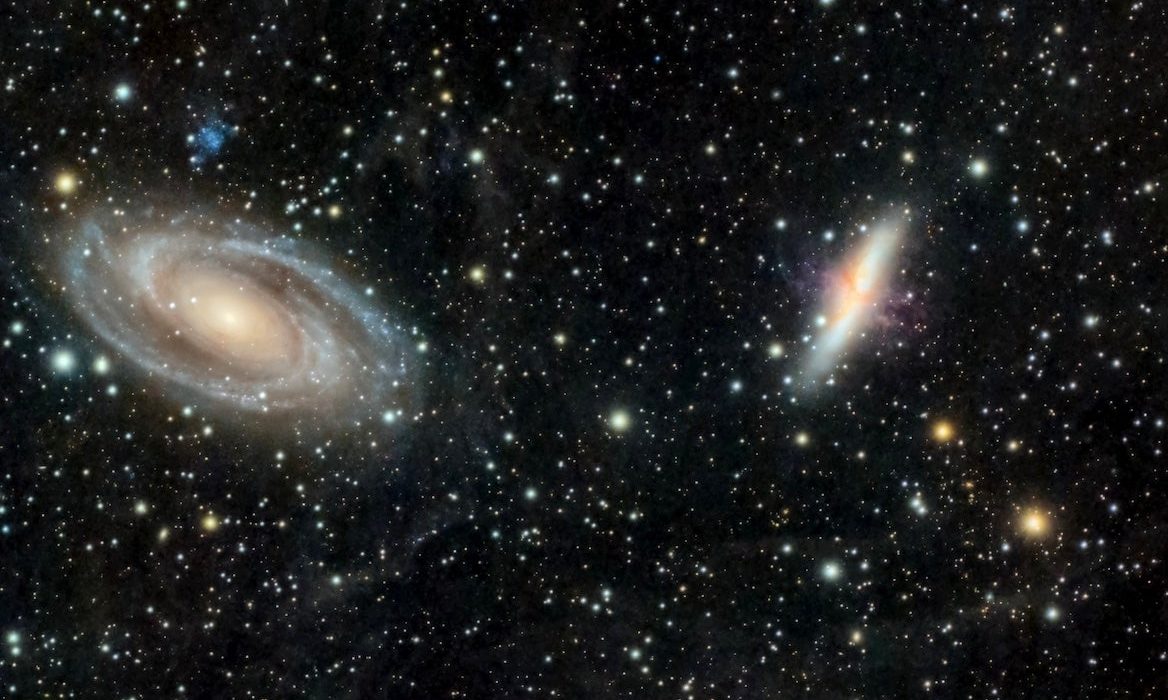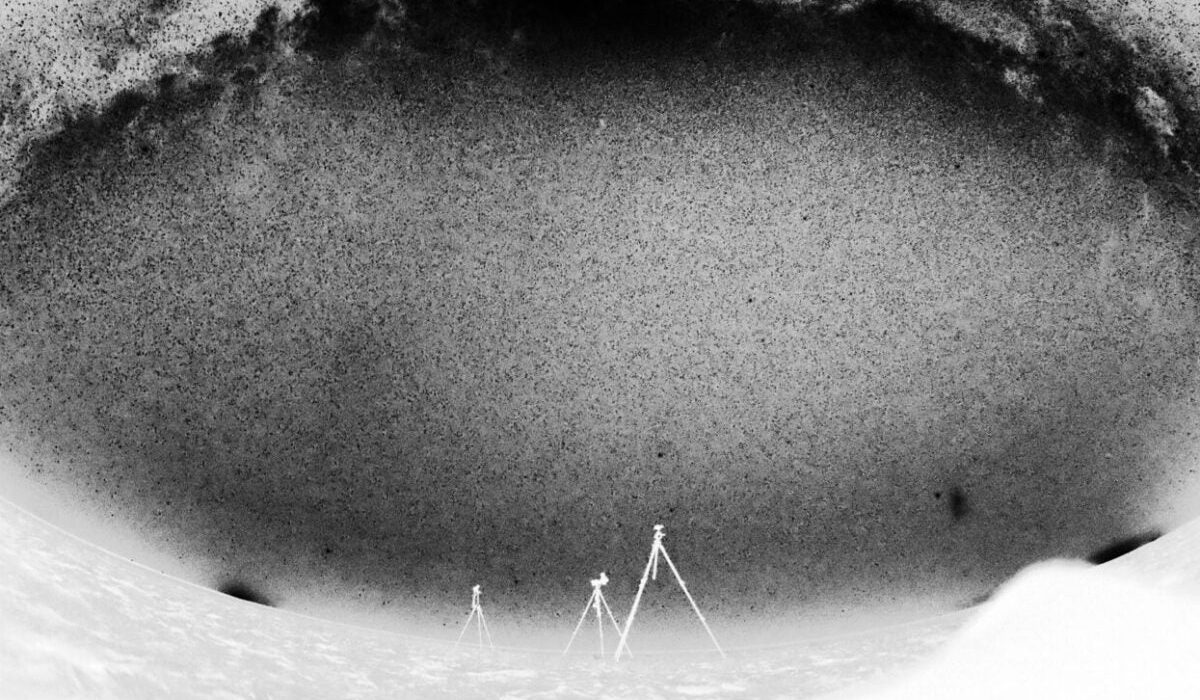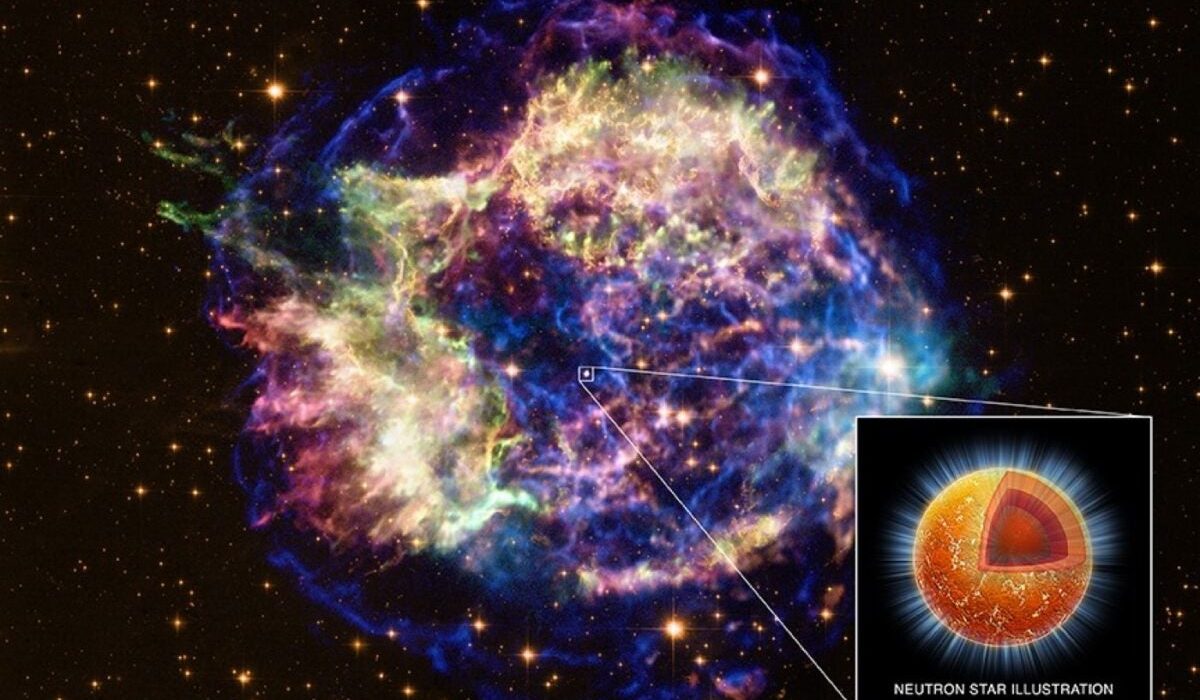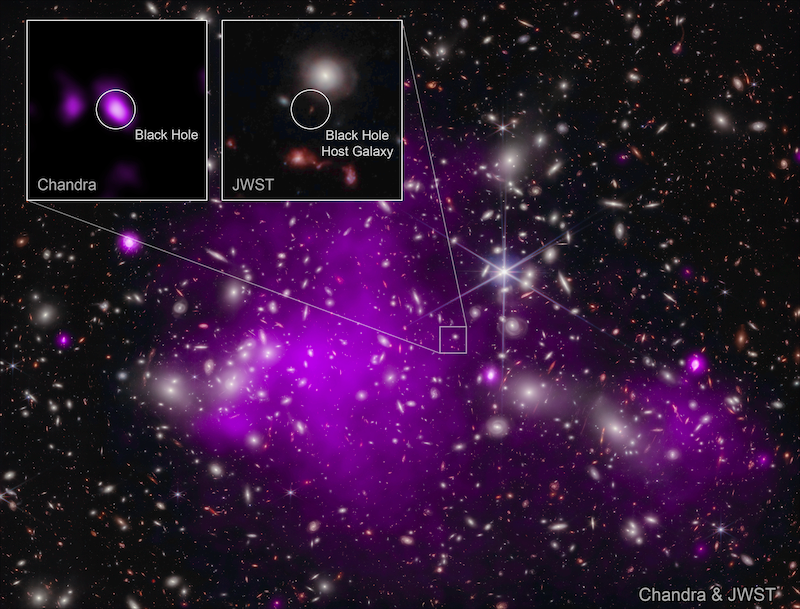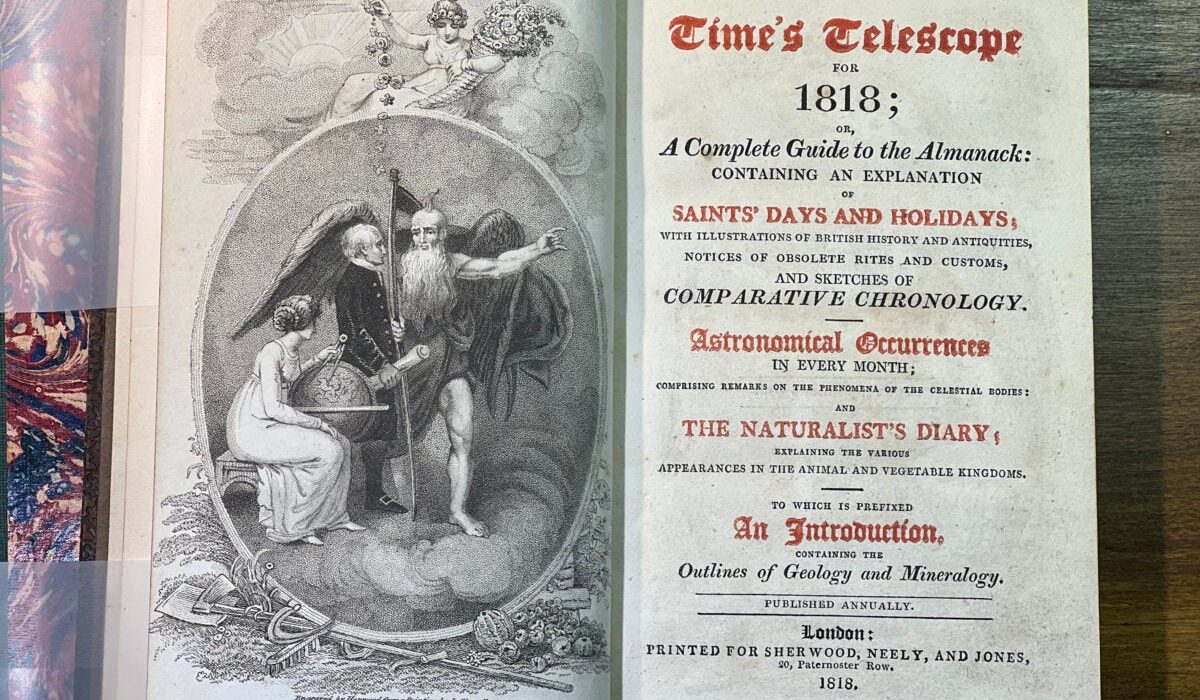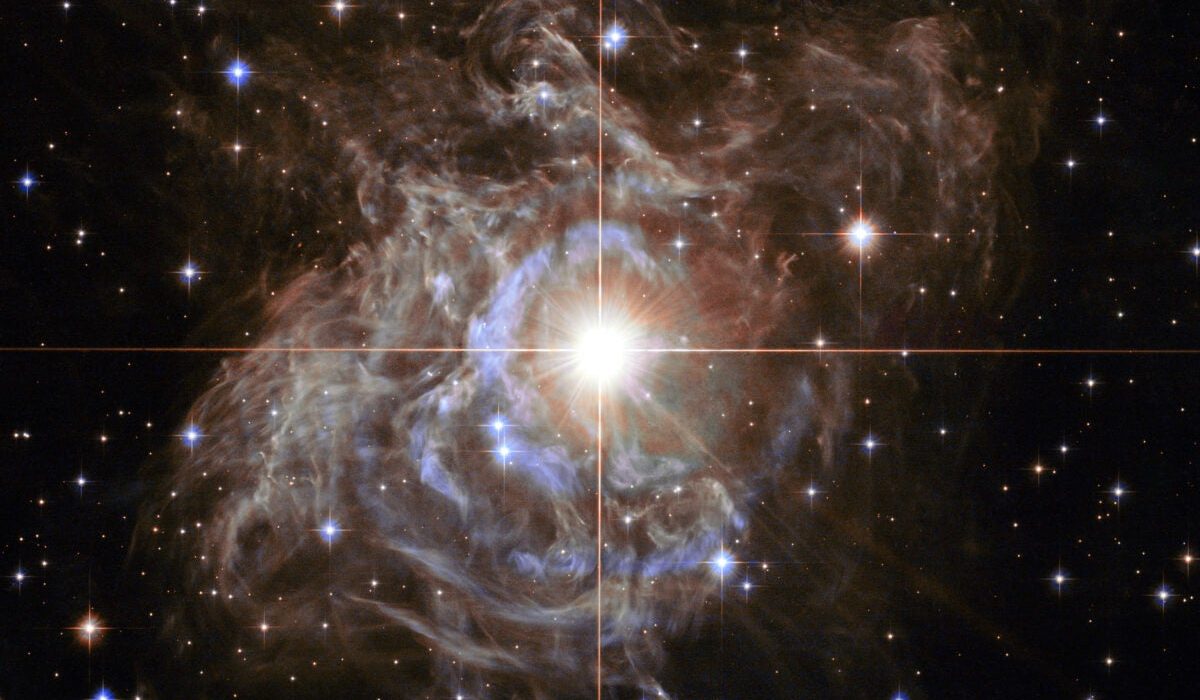Tools for finding dark skies
Back to list of articles It's harder than ever to escape light pollution, but doing so has never been more rewarding. Credit: Molly Wakeling Have you ever seen the Milky Way? Only 20 percent of the U.S. population lives in a place where they can. Away from light pollution, the wide, ghostly band almost looks







